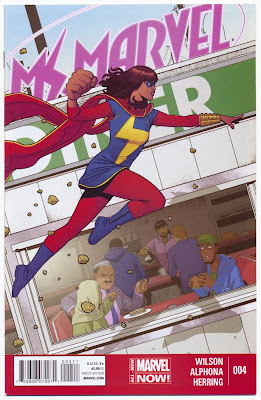Group “A/SF” should answer two of the following:
Q1: When Armand, the CEO, first calls the narrator “robot,”
it replies, “Robot. That was a Formist word. I never liked it” (326).
Why does it take “robot” as an insult, and what does it mean by “Formist”? Why
does the CEO look down on someone like the narrator?
Q2: When they arrive at the narrator’s cubby, the CEO is
amazed that he collects things, saying “You collect nonessential mass?” (328).
Why is he surprised that the narrator collects “mementos” of his travels? Isn’t
this a normal thing for most travelers/tourists to do? What makes it so strange
in the future?
Q3: When the narrator goes to the temple, the Holy of Holies
tells it to “engage in passive resistance…You will be like a genie, granting
Armand’s wishes” (336). What do you think passive resistance means, and
why can’t the narrator actively resist Armand? Why is an indirect route
essential—and perhaps, more effective?
Q4: In the end, the narrator gives up its entire identity to
help the CEO: “Everything I had ever worked for disappeared in a wet, slimy
gulp. My reason. My purpose” (337). Why would it abandon its identity simply to
follow orders? What does it gain in return? Simply a sense of being a ‘good’
robot? Or something else?





